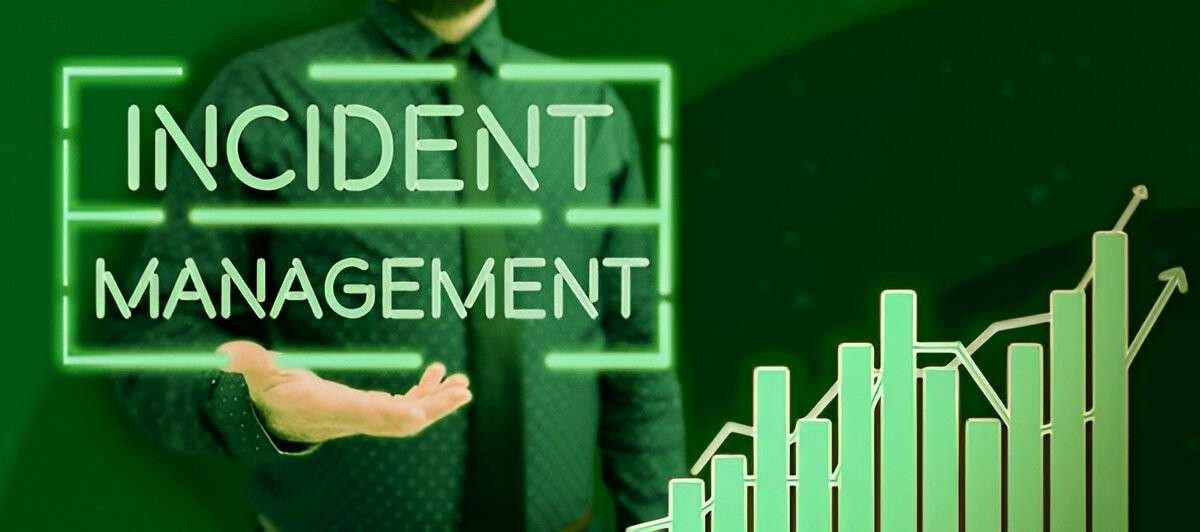Critical Event refers to a significant occurrence or incident that has a profound impact on an organization, market, or project. This article aims to explain what constitutes a Critical Event, its implications in business and financial contexts, and provide examples to illustrate its significance.
Table of Contents
What is a Critical Event?
Definition
A Critical Event is a pivotal moment or occurrence that can have far-reaching consequences, often requiring immediate attention or strategic response. It can disrupt normal operations, affect financial performance, or influence decision-making within an organization.
Key Points
- Impactful Occurrence: Critical Events are notable incidents that significantly impact an organization’s operations, reputation, or market position.
- Response Requirement: They often necessitate swift action, crisis management, or strategic adjustments to mitigate risks or capitalize on opportunities.
- Unpredictability: Critical Events can arise unexpectedly due to internal factors (e.g., management changes, financial crises) or external factors (e.g., natural disasters, regulatory changes).
Importance of Critical Events
Risk Management
Identifying and preparing for Critical Events is crucial for effective risk management. Organizations must anticipate potential disruptions and develop contingency plans to minimize negative impacts.
Strategic Planning
Critical Events prompt organizations to reassess their strategies, operations, and priorities. They provide opportunities for innovation, growth, or adaptation in response to changing circumstances.
Stakeholder Communication
Effective communication during Critical Events is essential to maintain trust and transparency with stakeholders, including employees, investors, customers, and regulatory bodies.
How Do Critical Events Work?
Example Scenario
Scenario: Company XYZ experiences a cyber-attack that compromises customer data. This Critical Event requires immediate action to contain the breach, protect customer information, and restore trust in the company’s cybersecurity measures.
Examples of Critical Events
1. Financial Crisis
Example: The 2008 global financial crisis was a Critical Event that severely impacted financial markets, leading to economic downturns, bank failures, and widespread regulatory reforms.
2. Natural Disaster
Example: Hurricane Katrina in 2005 was a Critical Event that devastated New Orleans, causing extensive damage to infrastructure, businesses, and communities, necessitating humanitarian aid and rebuilding efforts.
3. Leadership Change
Example: The sudden resignation of a CEO or key executive can be a Critical Event triggering uncertainty, investor concern, and strategic realignment within an organization.
Benefits of Addressing Critical Events
Crisis Mitigation
Prompt response to Critical Events minimizes operational disruptions, financial losses, and reputational damage, enhancing organizational resilience.
Opportunity Identification
Critical Events can serve as catalysts for innovation, organizational improvement, or strategic redirection, positioning organizations for long-term success.
Stakeholder Confidence
Effective management of Critical Events fosters trust and confidence among stakeholders, reinforcing the organization’s credibility and resilience.
Challenges in Managing Critical Events
Complexity
Addressing Critical Events requires coordinated efforts across departments, stakeholders, and external partners, posing challenges in decision-making and resource allocation.
Uncertainty
The unpredictable nature of Critical Events complicates planning and response strategies, necessitating flexibility, adaptability, and scenario planning.
Conclusion
In conclusion, Critical Events are pivotal occurrences that demand immediate attention, strategic response, and proactive management from organizations. Whether triggered by financial crises, natural disasters, or leadership changes, Critical Events underscore the importance of resilience, risk management, and effective communication in navigating challenges and seizing opportunities. While challenges such as complexity and uncertainty exist, the benefits of crisis mitigation, opportunity identification, and stakeholder confidence make addressing Critical Events essential for sustaining organizational performance and ensuring long-term viability in dynamic business environments. As organizations prepare for future uncertainties and disruptions, understanding and preparing for Critical Events remain integral to maintaining agility, responsiveness, and strategic foresight in today’s interconnected and volatile world.





